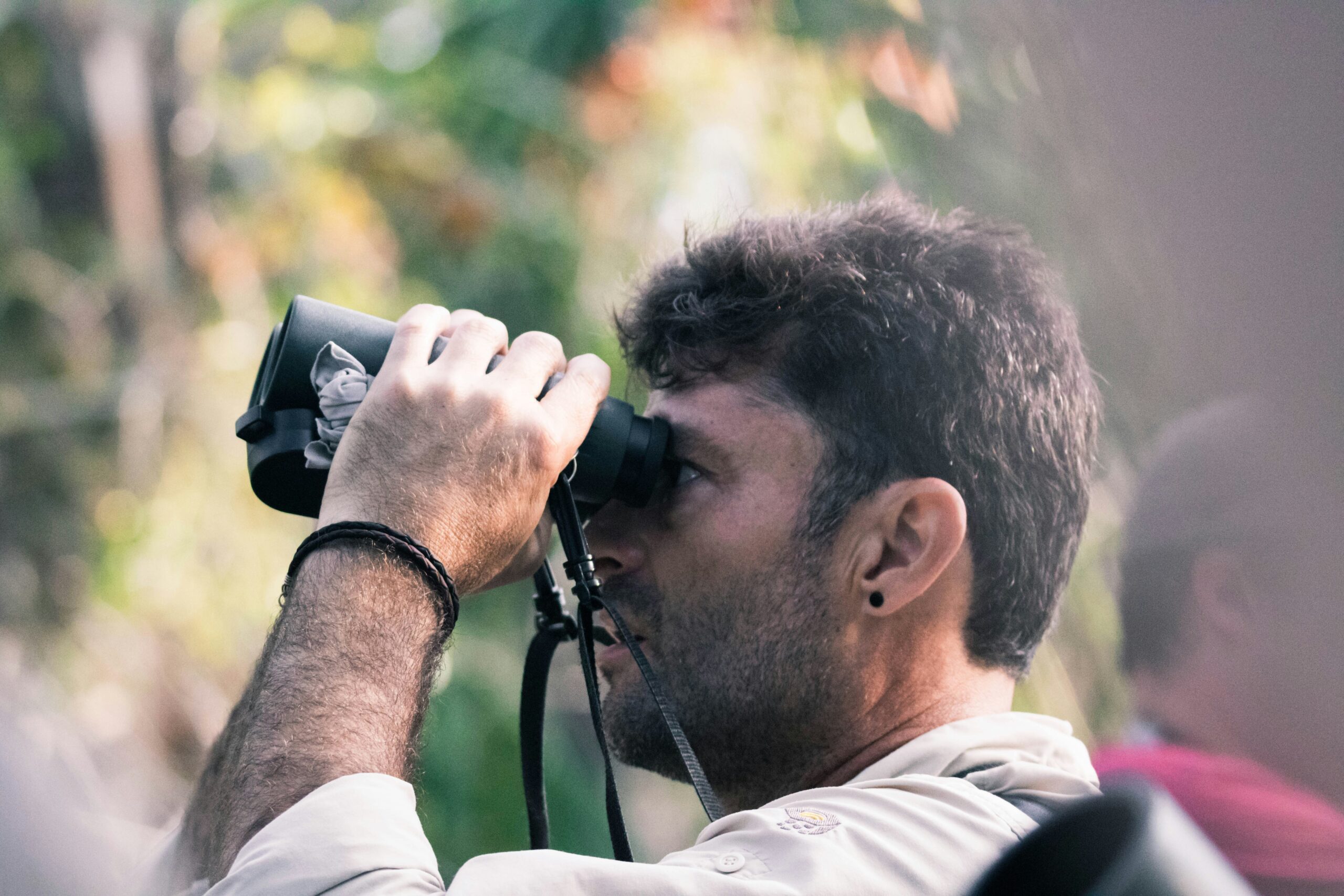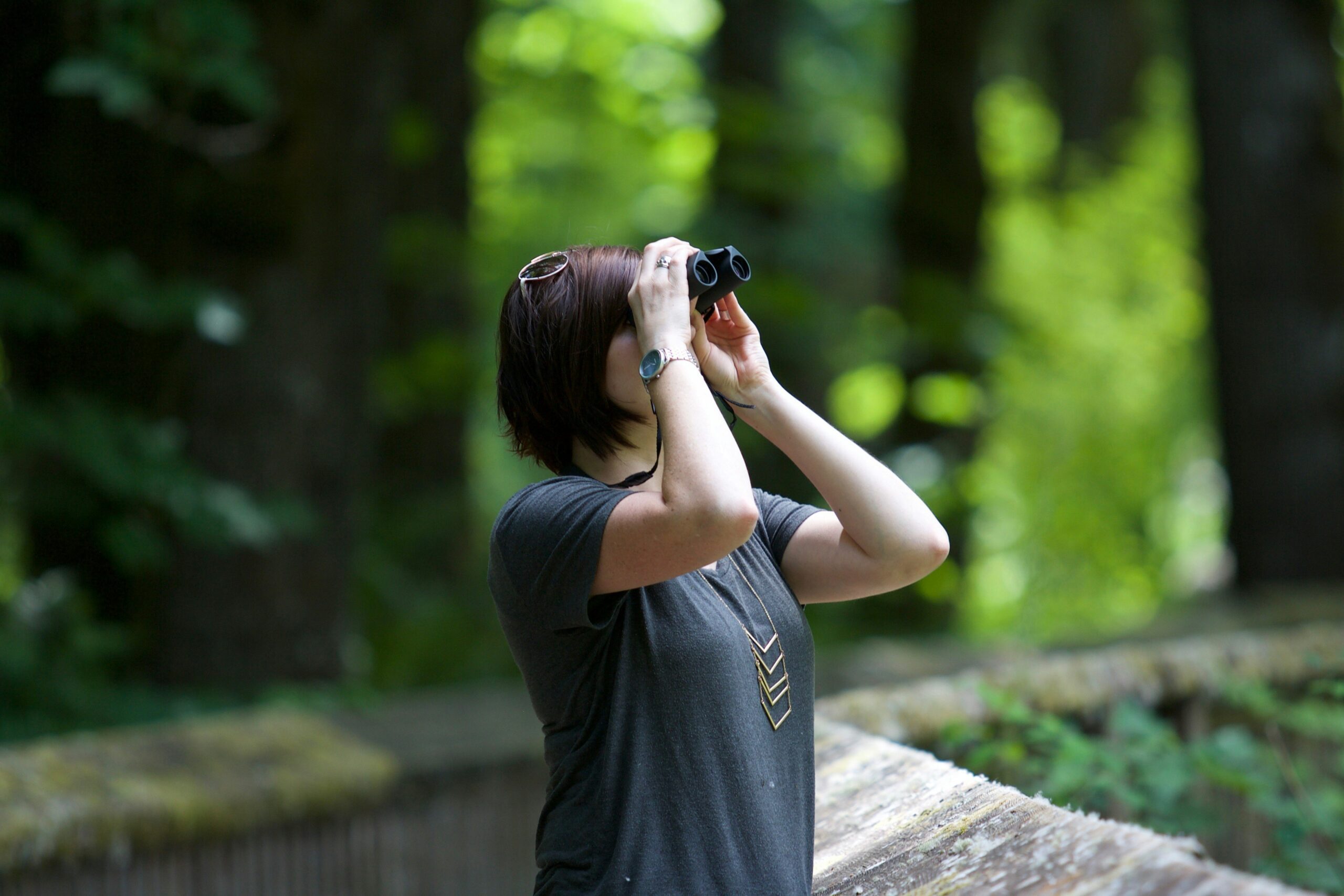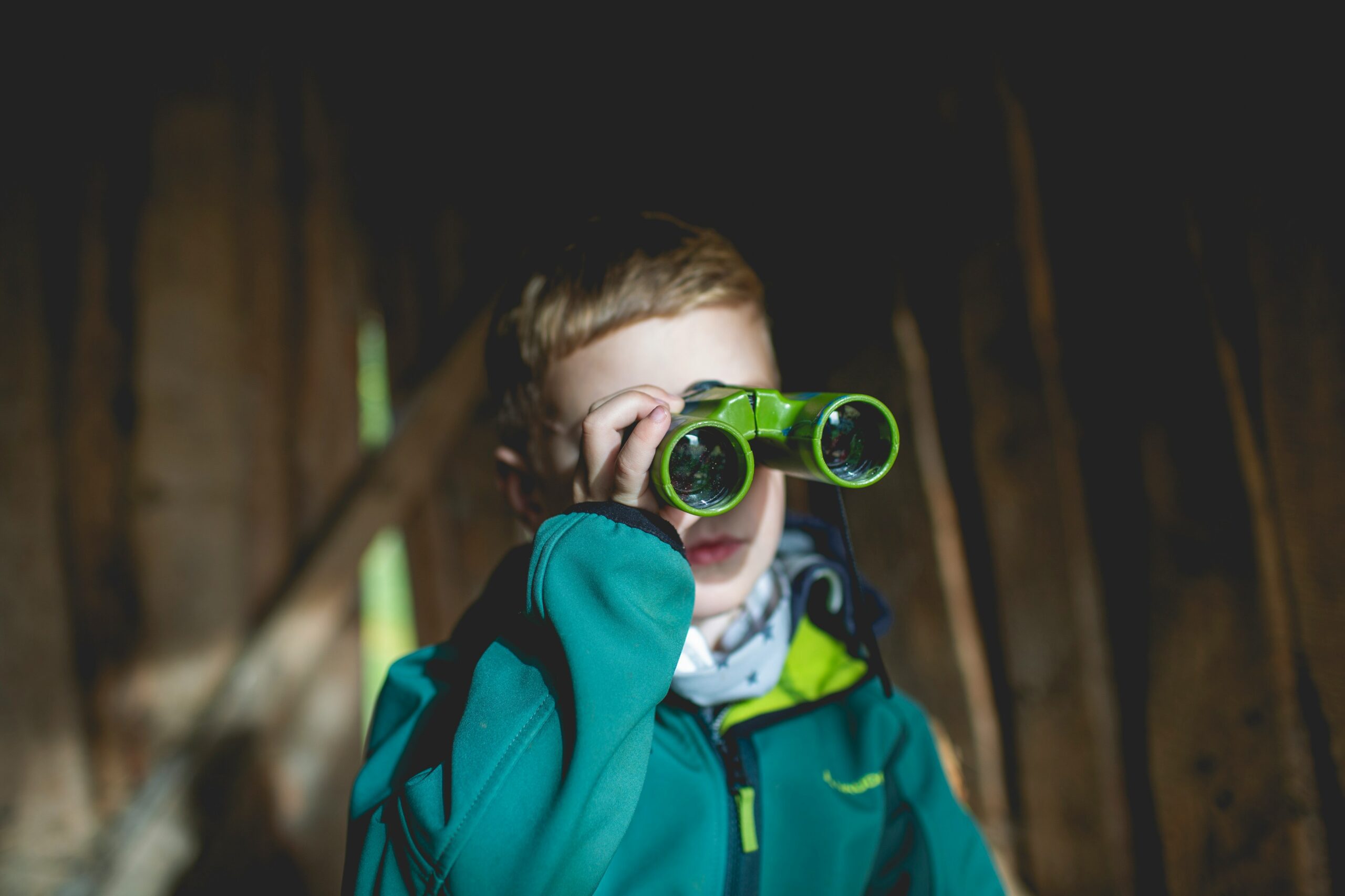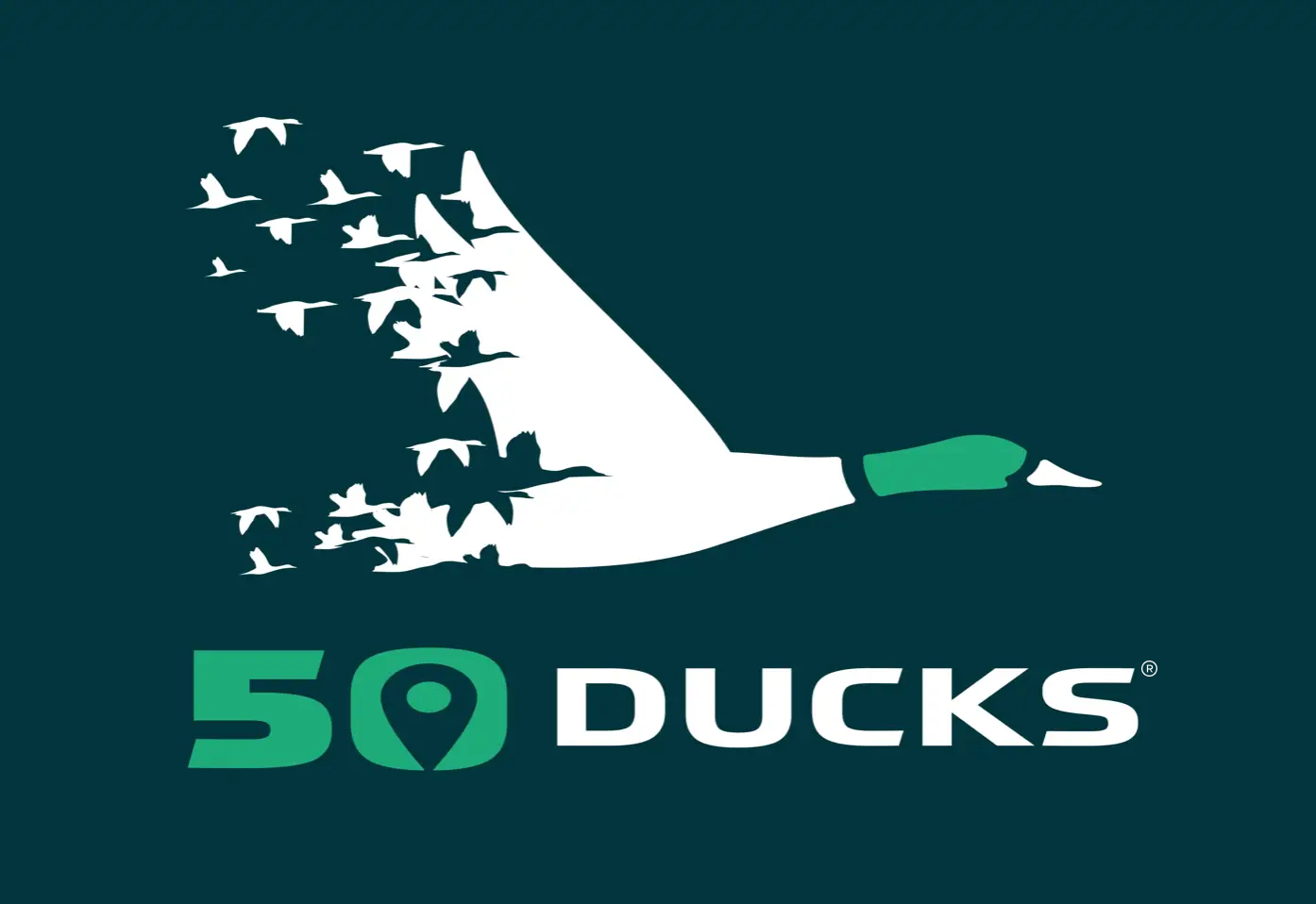Greer Smith
April 12, 2024
Duck Watching 101: Birding Tips for Beginners

Are you a waterfowl enthusiast interested in birding? For centuries, duck watching has captivated enthusiasts from all over the globe with its simplicity and accessibility.
Perfect for beginners, this activity offers a serene connection with nature and serves as a source of knowledge for habitat conservation. With a thorough understanding of the nuances of birding techniques, you can elevate your experience from mere observation to a meaningful journey through avian life.
In this quick read, we guide novices through the essentials, ensuring a rewarding start to bird-watching adventures. Here are a few tips you can implement right now to dive into the world of our feathered friends.
1. Learn How To Identify Different Duck Species
The gateway to duck watching opens when enthusiasts begin distinguishing between the myriad of species, each flaunting distinctive traits. Field guides and digital resources, notably the Delta Waterfowl’s North American Waterfowl Identification Guide, are invaluable treasures.
They offer expert insights from seasoned wildlife professionals. The art of recognizing ducks by their plumage patterns, size, and behavior becomes second nature with practice, teaching birders to notice contrasts rather than colors. To learn faster, consider participating in guided bird walks or workshops.
They provide birding tips for beginners and novices, and you’ll get to engage with nature. You can also implement mnemonic devices to transform complex identification details into memorable snippets. This creative approach hones identification prowess and can be a fun activity as you learn.
2. Invest in Binoculars
Selecting a great pair of binoculars enriches the duck-watching experience. They transform fleeting glimpses into memorable encounters. Birding enthusiasts should explore various types and brands of binoculars to find the perfect match for future adventures.
Key considerations include magnification power and field of view. We recommend opting for models with an 8×40 or 10×50 size with a balance of zoom and lens size. The magnification brings distant birds into clear view, while the lens diameter enhances brightness and detail.
A visit to a specialty store allows hands-on comparisons, helping you gauge the weight and feel of different binoculars. Investing in a quality pair secures a lifetime of vivid birding activities, offering clarity and precision in every observation.
Maintain your binoculars through regular cleaning and proper care. Doing so will ensure they remain reliable companions on every birding journey. With practice, you’ll master the art of focusing, and tracking with your binoculars will become second nature.
3. Familiarize Yourself With Duck Calls

Mastering duck calls is a blend of art and science, pivotal for those keen on duck watching and seeking to elevate their birding journey. Start by listening and attempting to mimic the natural communication of these birds. You can try basic quacks or intricate feeding calls.
Speak phrases like quit, hut, or dut into the call and channel air from your diaphragm. Practice as often as possible to produce authentic sounds without puffing your cheeks. Consider resources like audio recordings and smartphone applications to differentiate duck species and recognize them faster.
Birders pick up subtle nuances quicker with sound clips and interactive guides readily available. Over time, experimentation with different calls and observing reactions will hone your skills further. Try adopting a gentle and sporadic calling approach to prevent startling the birds.
Guidance from seasoned birders and participating in workshops are also an excellent idea. They can provide invaluable birding tips for beginners and insights into nuanced techniques.
4. Choose the Right Spot
Selecting the ideal locale is a cornerstone of a fulfilling duck-watching experience. For enthusiasts eager to spot these magnificent creatures, leveraging websites and migratory tracking tools provides insight into current waterfowl locations.
The timing of your venture is pivotal. Seasons dramatically influence duck presence, with spring and fall migrations marking peak periods for sightings. Prior investigation of potential sites is wise, ensuring both the safety and accessibility of your chosen viewpoint.
Habitats rich in variety, such as marshes, ponds, and bottomland hardwood forests, often serve as bustling hubs for duck activity. Don’t forget to observe legal boundaries and secure access to certain areas before planning your birding adventure. Flight patterns change, so be flexible and willing to venture into new territories to observe the remarkable diversity of ducks.
5. Observe & Record Behavior

One of the most overlooked birding tips for beginners is recording what you see. Duck watching requires patience and acute observation, regardless of weather conditions or time of day. We recommend maintaining a respectful distance and utilizing binoculars to minimize disturbance.
Your objective is to capture the intricate behaviors of ducks. Document every moment, including feeding frenzies, elaborate preening methods, and mating dances to capture invaluable insights. A detailed log stored in a traditional notebook or a modern smartphone app should include specifics, such as species identified, exact locations, and observed behaviors.
This practice not only aids in recognizing patterns and trends over time but also enriches the birding community. Sharing these detailed observations can significantly contribute to citizen science projects, fostering a collective effort toward understanding and preserving avian life. Through such endeavors, beginners can swiftly evolve into seasoned bird watchers and contribute to a meaningful cause.
6. Respect Wildlife & the Environment
Your journey into duck watching and birding begins with enthusiasm, leading to a profound respect for wildlife. Be mindful of their habitats and adhere to ethical birding guidelines. As a birder, take delight in these activities without causing harm.
Stick to designated trails and paths to minimize disturbance to wildlife and their homes. Nesting sites and sensitive areas warrant particular caution to avoid disruption to natural processes. Proper trash disposal is essential in maintaining the pristine condition of natural sites.
Incorporate the leave-no-trace principle into your routine. Observers should always maintain a safe distance from wildlife. Sudden movements could startle or stress waterfowl and cause unnecessary mayhem.
Once your quest is complete, share the experience. Your knowledge is valuable, and habitat preservation groups will be very appreciative. Any activities that further collective efforts help to support birds and other wildlife.
Final Thoughts
With our birding tips for beginners guide, you can confidently set out on your next adventure. Duck watching is an enriching experience, so pursue it with passion and enthusiasm. Your journey will offer immense joy and reveal a unique connection with nature’s marvels.
Embrace these practices to pave the way for others while making a meaningful contribution to avian conservation. Join 50 Ducks today to monitor migration patterns and participate in a community-driven effort. Together, we can enlighten our youth and foster a deeper appreciation for habitat preservation.
